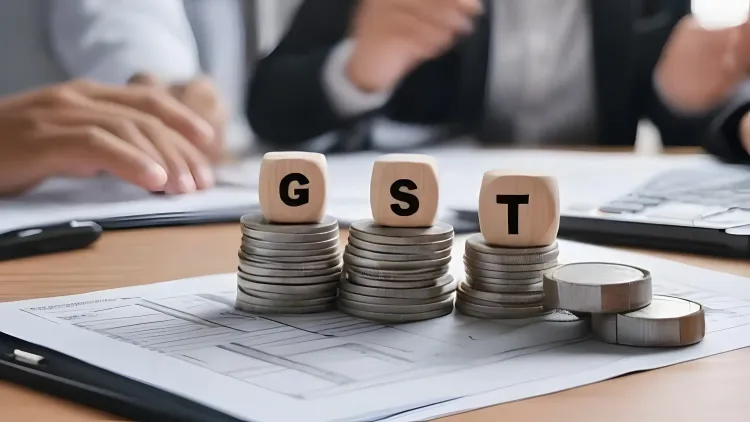Could Rate Cuts Be on the Horizon for NBFCs and Pharma in December?

Synopsis
Key Takeaways
- Growth in sectors like consumption and pharmaceuticals due to GST reforms.
- Festive season expected to enhance demand.
- Axis Mutual Fund maintains an overweight position in key sectors.
- Potential for a 25 bps rate cut in December.
- Investment strategies leaning towards accrual rather than duration plays.
New Delhi, Oct 10 (NationPress) The sectors of consumption, NBFCs, and pharmaceuticals are anticipated to experience significant growth driven by GST reforms. The upcoming festive season is expected to further enhance demand across automobiles, consumer durables, FMCG, and other discretionary segments, according to a report released on Friday.
According to Axis Mutual Fund, the firm maintains an overweight position in the consumption, NBFCs, and pharmaceuticals sectors.
The report suggests a high likelihood of a 25 basis points rate cut in December, with a potential follow-up cut of another 25 basis points in February should the tariff disputes persist.
Axis Mutual Fund noted that the GST rate reduction is likely to stimulate replacement demand and drive premiumization within the automotive industry. The firm has increased its investments in the automobile sector and expresses optimism regarding retail, hospitality, renewable energy, capital expenditure, power transmission, defense, travel, and tourism.
"We also maintain a positive outlook on other consumer discretionary sectors—particularly in retail, hospitality, and travel & tourism—which stand to benefit from enhanced domestic momentum and the festive season demand," the report highlighted.
Valuations have decreased from their recent highs, and India's premium over emerging markets has fallen to levels not seen in the last four to five years. Despite this, the market remains one of the most expensive globally, only surpassed by the US, according to the fund house.
The firm emphasized that with 100 basis points of cuts already executed, the majority of the easing cycle is now concluded, recommending accrual strategies rather than duration plays in the fixed income market.
"As anticipated, the Fed has lowered its interest rates amid rising unemployment. We foresee another rate cut on the horizon," the report stated.
From a medium-term standpoint, we advocate for accrual strategies over duration plays, predicting that the 10-year G-Sec will trade within a range of 6.30-6.65 percent for the remainder of the financial year," the firm concluded.










